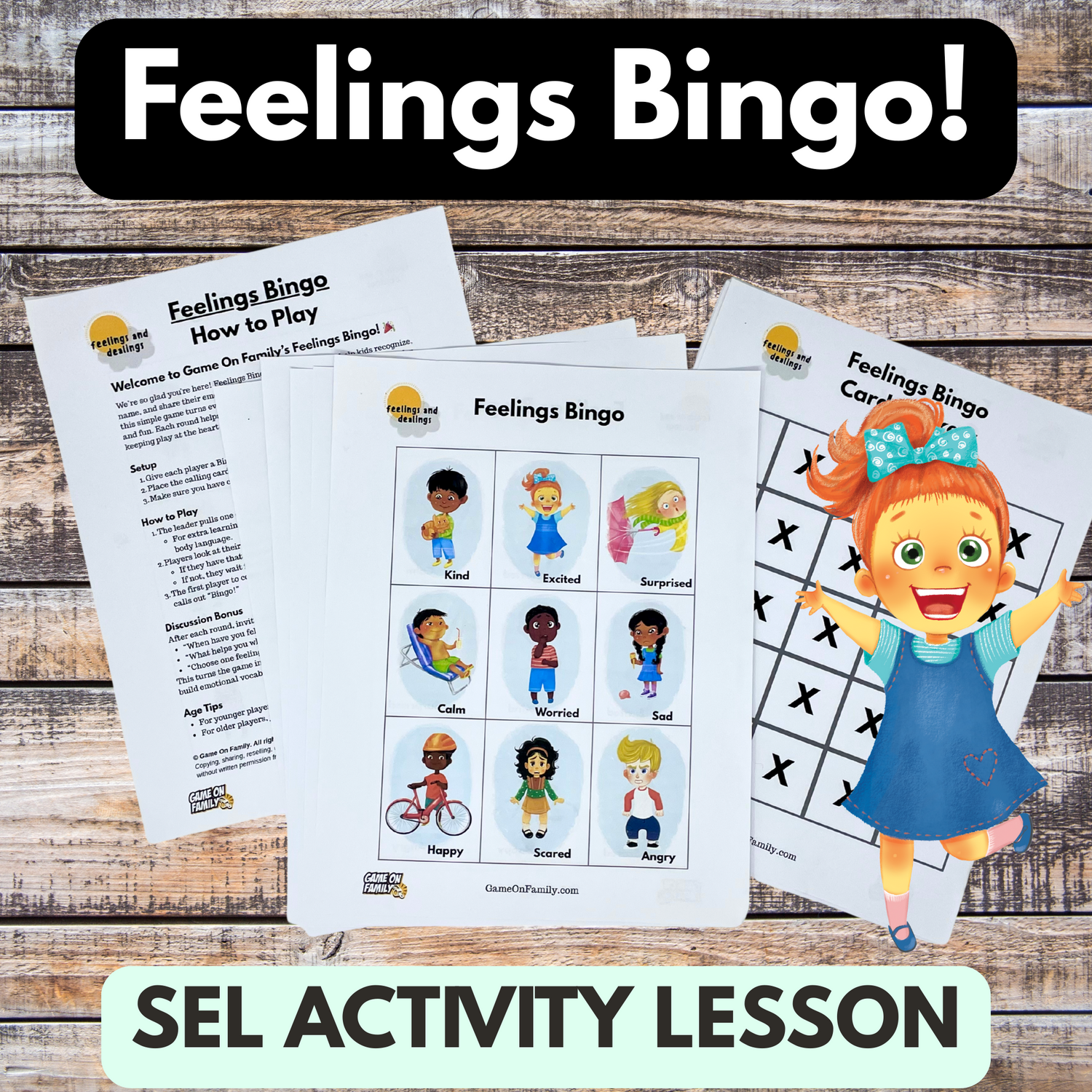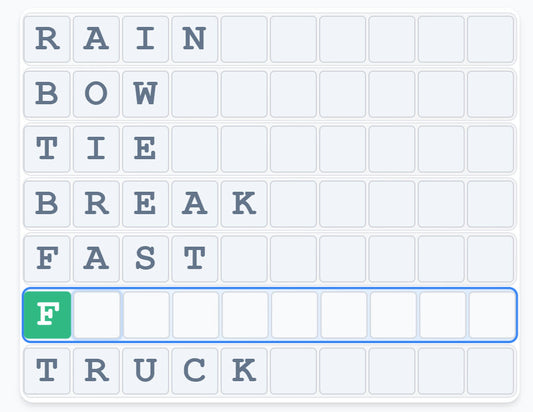
How to Play Sprouts – Rules, Strategies & Variations
Share
Sprouts is a classic pencil-and-paper strategy game invented in the 1960s by mathematicians John Conway and Michael Paterson. Players take turns connecting dots with lines and adding new dots, trying to outlast their opponent until no more moves are possible.
It’s simple to learn, surprisingly strategic, and one of the most fun ways to pass time with just a pen and paper.
Objective
The goal of Sprouts is to be the last player able to make a legal move. The game ends when no more lines can be drawn.
Age Range
Ages 8 and up. Younger kids can enjoy it too once they understand the rules of lines and dots.
Game Length
5–20 minutes, depending on how many starting dots you choose and how carefully players think.
Why We Like It for Kids and Families
- Quick to set up — just pen and paper.
- Mixes creativity with logical thinking.
- Fun balance of art and strategy.
- Can be played casually or very competitively.
Skills
- Strategic Thinking – Planning ahead to block opponents.
- Spatial Awareness – Visualizing how lines and dots interact.
- Creativity – Drawing unique, twisting paths.
- Patience – Waiting for the right opportunity to strike.
How to Play Sprouts in 5 Steps
Step 1: Grab a friend, a sheet of paper, and a pen
You need two or more players, though Sprouts works best with two.
Step 2: Draw the starting dots
Standard play begins with 3 dots spread out on the page.
- Fewer dots (like 2) = a short game with limited moves.
- More dots (4 or 5+) = a longer game with more options.
Step 3: Decide who goes first
Flip a coin, play rock-paper-scissors, or let the youngest player begin.
Step 4: Take a turn
On your turn:
-
Draw a line connecting two dots (or loop back to the same dot).
- Lines can be straight or curved, but cannot cross existing lines.
- Add one new dot somewhere along the line you just drew.
Step 5: Track “dead” dots
Each dot can have a maximum of three lines connected to it. Once a dot has three connections, it’s considered “dead” and can’t be used again.
Step 6: Continue until no more moves are possible
Players alternate turns until no valid lines can be drawn.
Step 7: Win the game
The last player to make a valid move is the winner.
Rules of Sprouts
- Each line must connect two dots (or loop back to one dot).
- Lines cannot cross or touch other lines.
- Only one new dot is added per turn, placed somewhere on the line drawn.
- No dot may have more than three lines connected.
- The game ends when no more lines can be drawn.
Strategies
- Start in the center to leave more space for future moves.
- Don’t use up all three connections on a dot too early — leave flexibility.
- Watch for ways to trap your opponent by limiting their options.
- Use curves creatively to block space without crossing lines.
Variations
- Number of Starting Dots – Try 2 for a quick game or 5+ for longer, more complex play.
- Crosses and Lines (X Variation) – Instead of dots, start with X’s, allowing 4 lines to come from each point. This makes the game more open and longer.
- Artistic Sprouts – Some players add flair by drawing elaborate swirls or themed shapes, making the game as much about doodling as competition.
FAQs
What are the rules of Sprouts?
Each line must connect two dots (or loop back to one), a new dot must be added to the line, no dot can exceed three connections, and no lines can cross.
Who invented the game Sprouts?
Sprouts was invented in 1967 by mathematicians John Horton Conway and Michael S. Paterson at the University of Cambridge. It quickly became popular in mathematical circles as a study of game theory.
Can you connect a line to the same dot you started from?
Yes. A line can loop from a dot back to itself. After doing so, you still add a new dot along that loop.
If I have a line connected to the same dot, is that considered one or two lines for that dot?
It counts as two lines because the dot is both the start and the end of the line.
Do I have to draw straight lines?
No, lines can be curved.
How curved can the line be? Can it change directions multiple times?
Lines can curve as much as you like, even twist around, as long as they don’t cross another line or pass through a dot.
Do the starting dots have to be in a row?
No. They can be arranged however you like. Spacing them apart generally makes the game more interesting.
What is a vine in Sprouts?
Some players refer to a “vine” as simply another term for a line in Sprouts. It’s not an official rule, just an alternate nickname.







